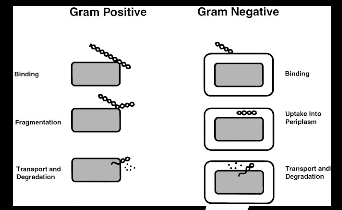Benefit type
Value Choice Program Schedule of Benefits for Marin General Effective January 1, 2006 This Schedule of Benefits is a summary of important terms of your health coverage. The Plan Document must be consulted to determine the exact terms and conditions of coverage. Call Customer Service at 1-888-326-2555 regarding any questions on benefits, providers, coinsurance or copays. This pr

 Figure 4.1: Transformation pathways in gram-positive and gram-negative
Figure 4.1: Transformation pathways in gram-positive and gram-negative  This method works well for circular plasmid DNAs but not for linear molecules such as fragments of chromosomal DNA. Figure 4.2: Overview of competence and heat shock
From: http://www.phschool.com/science/biology_place/labbench/lab6/test1.html
This method works well for circular plasmid DNAs but not for linear molecules such as fragments of chromosomal DNA. Figure 4.2: Overview of competence and heat shock
From: http://www.phschool.com/science/biology_place/labbench/lab6/test1.html